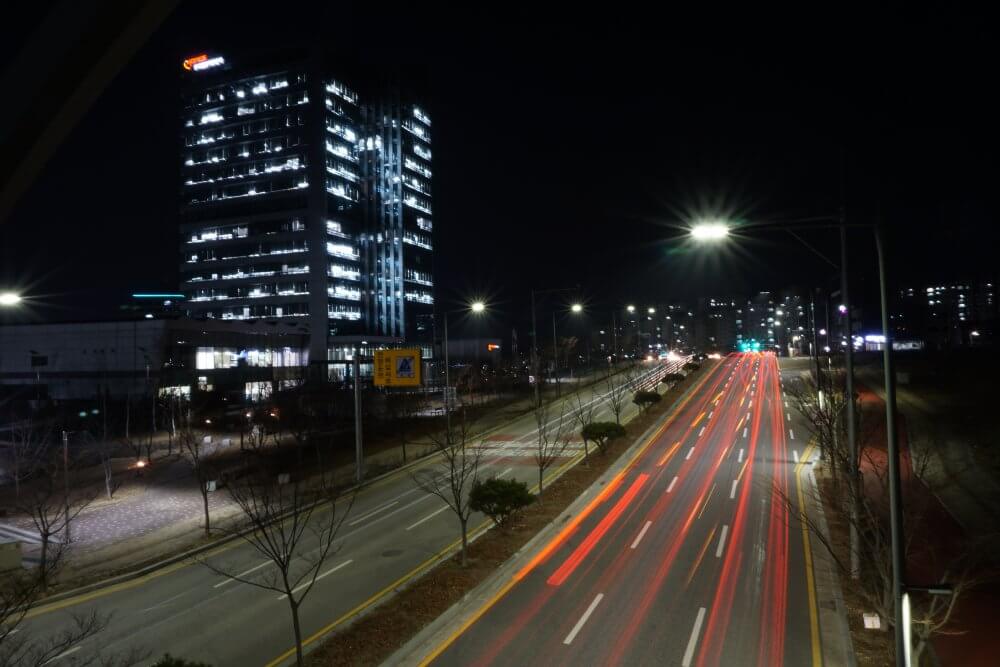Camera
In optics, an image is recreated by collecting some of the light emitted by an object.
Devices that recognize images include eyes and cameras. The light entering the camera passes through the aperture and lens, respectively, reaches the sensor and is recognized as an image.
Lens
Typically, the lens of a camera is a convex lens. This is to collect the light radiating from the subject.
If you can accurately collect the light coming from the subject to the sensor, you can obtain a clear image (focusing). The camera focuses by adjusting the distance between the lens and the sensor.
Aperture
The aperture controls the amount of light entering the camera.
The larger the aperture hole, the brighter the image, but the more difficult it is to focus. Conversely, the smaller the hole, the darker the image but the easier it is to focus.
What if the aperture hole becomes very small?
If the hole becomes extremely small, it becomes a pinhole camera that does not require a lens. Pinhole cameras produce very dark, but automatically focused images regardless of distance. Exposure times may also be increased to compensate for the image becoming darker. If the exposure time is longer, you can use the motion blur technique to capture movement in the photo.

Blur the Background
If the aperture hole is large, the image will easily become blurred if the camera is not focused properly. For example, if you focus on a nearby object, distant objects appear blurry. Using this, you can blur the background except for the subject you want. This technique can be utilized to highlight a desired object or add perspective to a flat photo.

